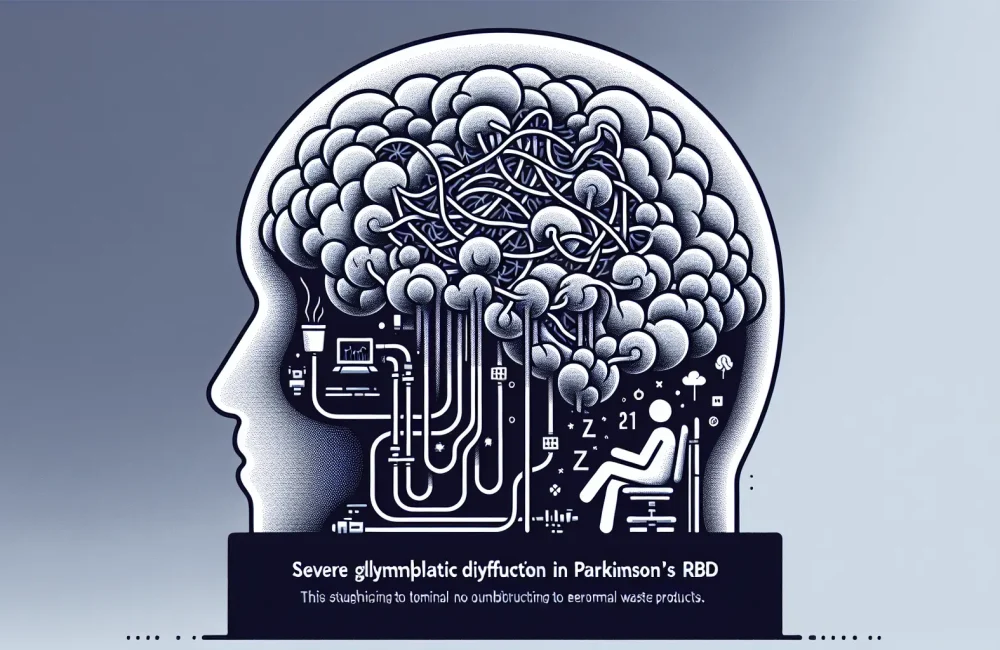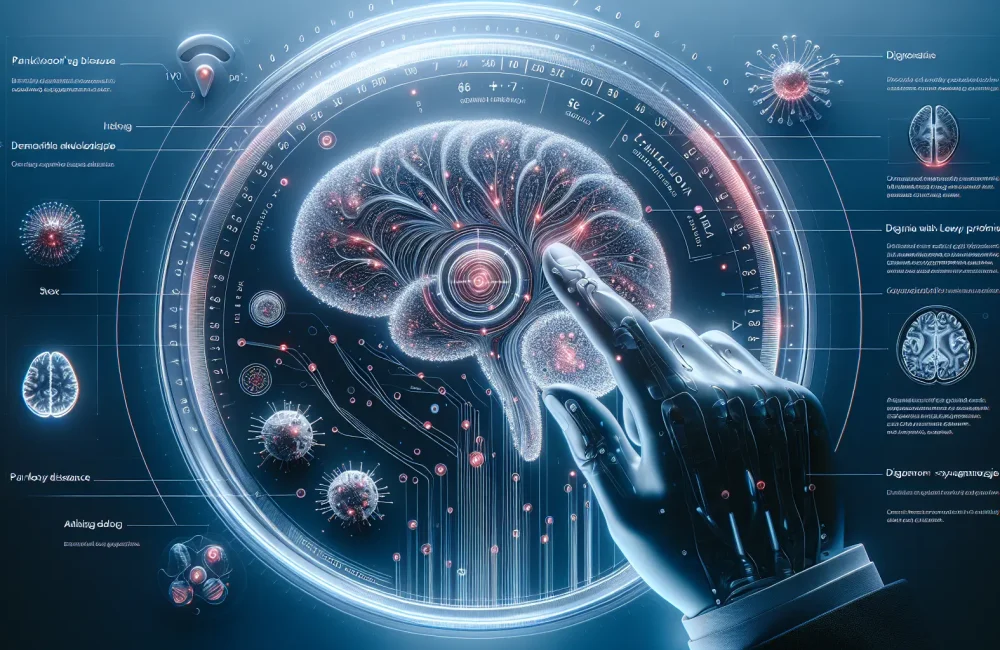By CAFMI AI From npj Parkinson’s Disease (Open Access)
Innovative Use of Eye Blink Patterns in Parkinson’s Monitoring
Parkinson’s disease (PD) presents a complex clinical picture dominated by fluctuating motor and non-motor symptoms that challenge both patients and clinicians. Traditional evaluation methods typically involve periodic clinical visits and subjective assessments, which fail to capture the dynamic nature of symptom changes throughout the day. This study introduces a groundbreaking approach leveraging spontaneous eye blink patterns coupled with machine learning to provide continuous, objective tracking of symptom fluctuations in PD. Eye blink dynamics, including rate, duration, and interblink intervals, are sensitive markers influenced by basal ganglia dysfunction inherent in PD pathology. This novel biomarker offers an unobtrusive and accessible method to monitor disease status outside clinical environments, enhancing the granularity of symptom assessment beyond conventional scales such as the Unified Parkinson’s Disease Rating Scale (UPDRS). The study underscores the potential for integrating wearable or video-based monitoring tools in routine care, aligning with precision medicine initiatives aimed at tailoring therapies based on real-time symptom data.
Study Design and Key Findings: Machine Learning Predicts Symptom Changes
The research enrolled participants with clinically confirmed Parkinson’s disease who underwent comprehensive clinical assessments paralleled by video recordings capturing spontaneous eye blinks in controlled settings. Advanced machine learning algorithms analyzed blink metrics to identify patterns correlating with fluctuations in motor symptoms like bradykinesia and rigidity as well as non-motor features. The model exhibited high accuracy in distinguishing medication ON and OFF states, reflecting real-time physiological changes. Remarkably, blink-based monitoring outperformed traditional episodic clinical evaluations in temporal resolution, providing a continuous symptom tracking method. These findings suggest that subtle changes in blink behavior serve as reliable proxies for underlying neurological fluctuations, offering clinicians actionable data to anticipate symptom exacerbations or therapeutic needs. Limitations include the need for larger, diverse cohorts and validation in real-world ambulatory settings to generalize these promising results.
Clinical Implications and Future Directions for Parkinson’s Management
This innovative eye blink-based monitoring approach carries significant clinical implications for patient management. Continuous, objective tracking of PD symptoms can enhance individualized treatment adjustments, allowing for timely medication titration and potentially reducing motor complications caused by delayed intervention. From a primary care and neurology workflow perspective, the technology offers a scalable method to augment traditional assessments and improve patient counseling regarding symptom variability and disease progression. Red flags identified through blink dynamics may prompt expedited clinical evaluations, supporting proactive management strategies. Future research aims to expand algorithm training with larger datasets and incorporate other digital biomarkers, facilitating integration into telemedicine platforms and remote patient monitoring frameworks. This blend of digital health and clinical expertise heralds a new era in PD care, promising to improve quality of life and optimize therapeutic outcomes by harnessing readily observable physiologic signals.
Read The Original Publication Here






